Buying a diamond is always a special occasion! And when it comes to buying an engagement ring, it can be a daunting task. While there are tons of diamond options, they come with a hefty price tag attached to them. However, the new-age couples prefer something more sustainable, affordable, and yet checks the luxury box. Enters – Lab Grown Diamonds! Yes, these artificial or man-made diamonds are an alternative option in the world of fine jewellery. The new-age couples align with the thought of being environmentally conscious and a lab-grown diamond fits perfectly in this category for them! Still not completely aware of lab-grown diamonds? Don’t worry, we have a complete breakdown for you!
Know All About Lab-Grown Diamonds, Their Cost, And Factors Why You Should Consider Buying Them:
What Are Lab-Grown Diamonds?
Lab-grown diamonds, also known as artificial diamonds, man-made diamonds or synthetic diamonds. They are that are created in a laboratory rather than being formed naturally within the Earth’s mantle. And these diamonds have the same chemical composition, crystal structure, and physical properties as natural diamonds but are produced through artificial processes.
These diamonds are created through advanced technological processes that replicate the conditions under which natural diamonds form. Also, as awareness of the environmental and ethical concerns associated with traditional diamond mining grows, lab-grown diamonds have gained popularity as a sustainable and socially responsible choice.
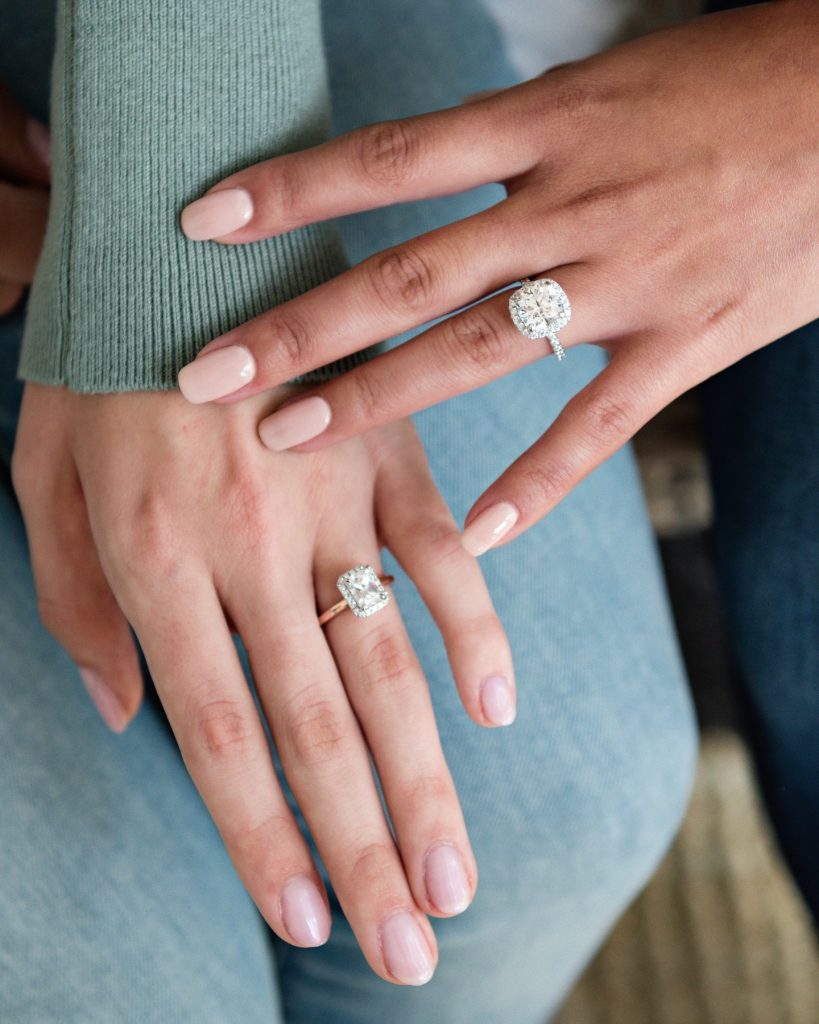
How Is A Lab-Grown Diamond Made?
Man-made diamonds are created using two main methods –
1. High Pressure High Temperature (HPHT)
This method involves subjecting a carbon source, typically a small diamond seed, to high pressure and high temperature conditions that mimic the natural diamond-forming process in the Earth’s mantle. The carbon atoms crystallize to form a diamond.
2. Chemical Vapor Deposition (CVD)
In this process, a diamond seed is placed in a chamber, and a mixture of gases, including carbon-rich gases, is introduced. The gases are ionized to break down their components, and carbon atoms are deposited on the diamond seed, gradually building up layers of diamond crystal.
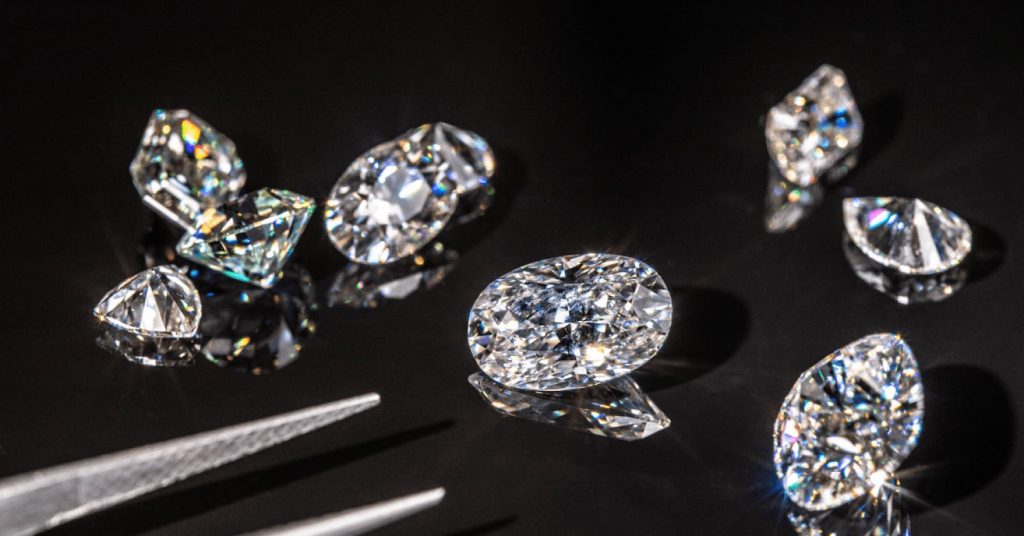
Why Have Man-Made Or Synthetic Lab-Grown Diamonds Gained Popularity?
In recent times, lab-grown diamonds have gained a lot of popularity and here are a few reasons why –
1. Ethical and Environmental Considerations For Synthetic Diamonds
Compared to natural diamonds, artificial diamonds are considered a more ethical and environmentally friendly. These man-made diamonds do not involve the environmental impact of traditional diamond mining or raise concerns related to labor practices.
2. Man-Made Diamonds Are Cost-Effectiveness
The lab-grown diamonds are typically more affordable than natural diamonds of comparable quality. This makes them an attractive option for consumers who are looking to purchase a budget-friendly alternative.
3. Top-Notch Quality And Purity Of Lab-Grown Diamonds
Man-made diamonds can be produced with fewer impurities and inclusions, allowing for the creation of diamonds with high clarity and quality.
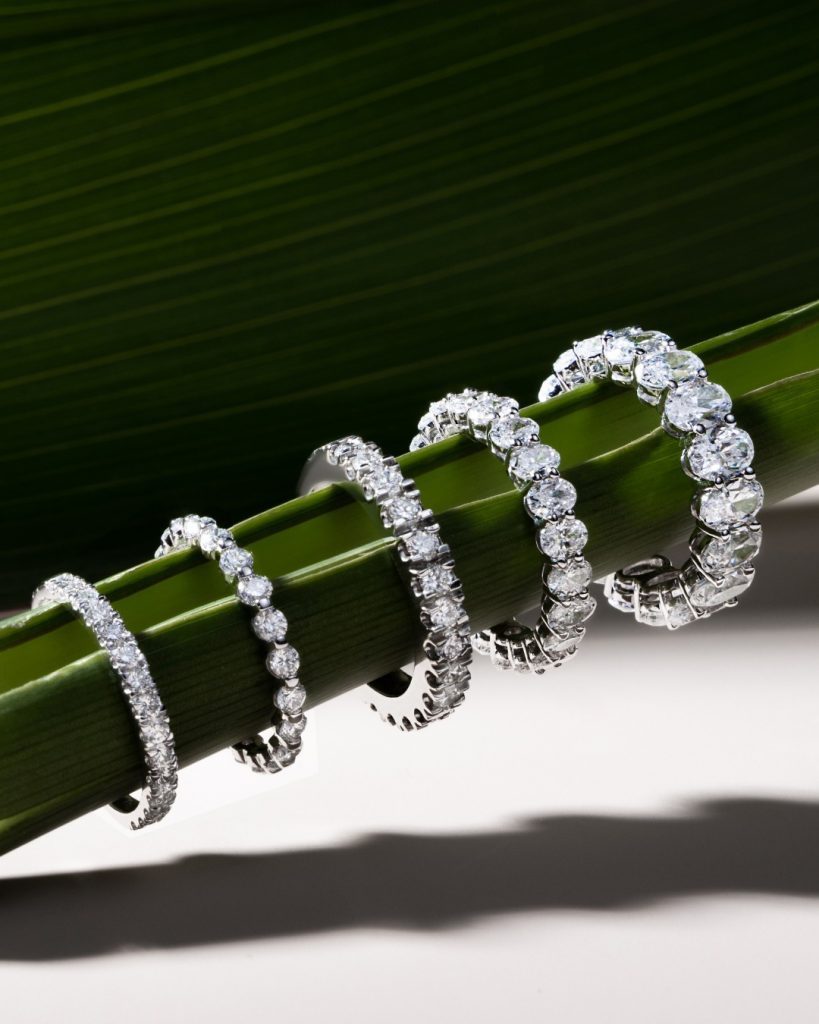
Also, here are Unique Ideas To Personalize Your Wedding Ring.
Factors Influencing Diamond Prices
When it comes to finally picking a lab-grown diamond, there are a few things that weigh in which are important to consider. The 4 C’s of diamonds! The 4 C’s of diamonds stand for Cut, Color, Clarity, and Carat Weight. These are the criteria used to assess and describe the quality of both natural and lab-grown diamonds.
1. Cut:
Definition: Refers to how well a diamond has been cut, shaped, and faceted. It affects the diamond’s brilliance and overall appearance.
In Lab-Grown Diamonds: The best part about lab-grown diamonds – you can cut them with precision using advanced technology. The quality of the cut impacts the diamond’s ability to reflect light and create sparkle, similar to natural diamonds.
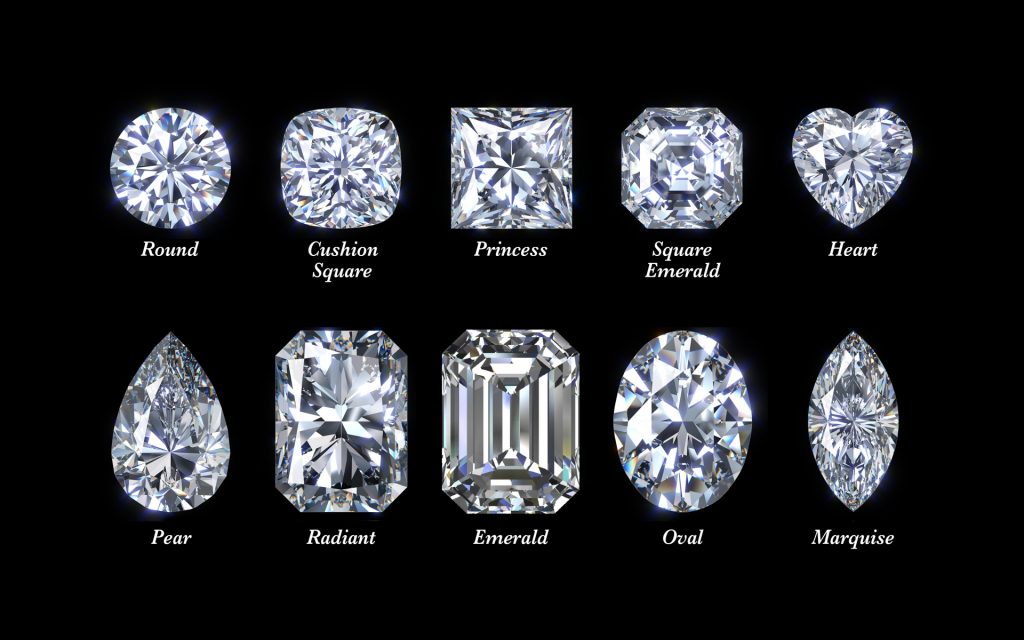
2. Color:
Definition: Describes the presence or absence of color in a diamond. The Gemological Institute of America (GIA) grades diamonds on a scale from D (colorless) to Z (light yellow or brown).
In Lab-Grown Diamonds: Lab-grown diamonds can exhibit a range of colors, and they are often available in a more controlled color range. Consumers can choose from various options, including colorless diamonds or those with specific color hues.
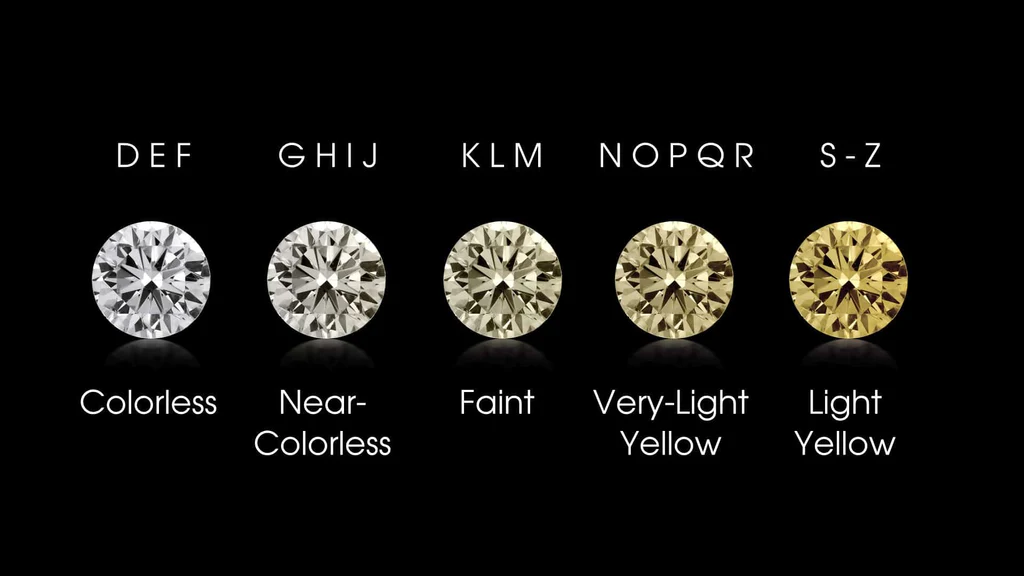
3. Clarity:
Definition: Refers to the presence of internal flaws (inclusions) and external blemishes. The GIA grades clarity on a scale from Flawless to Included (I1, I2, I3).
In Lab-Grown Diamonds: Lab-grown diamonds can have fewer inclusions compared to some natural diamonds. The controlled environment of their formation allows them to produce diamonds with high clarity grades.
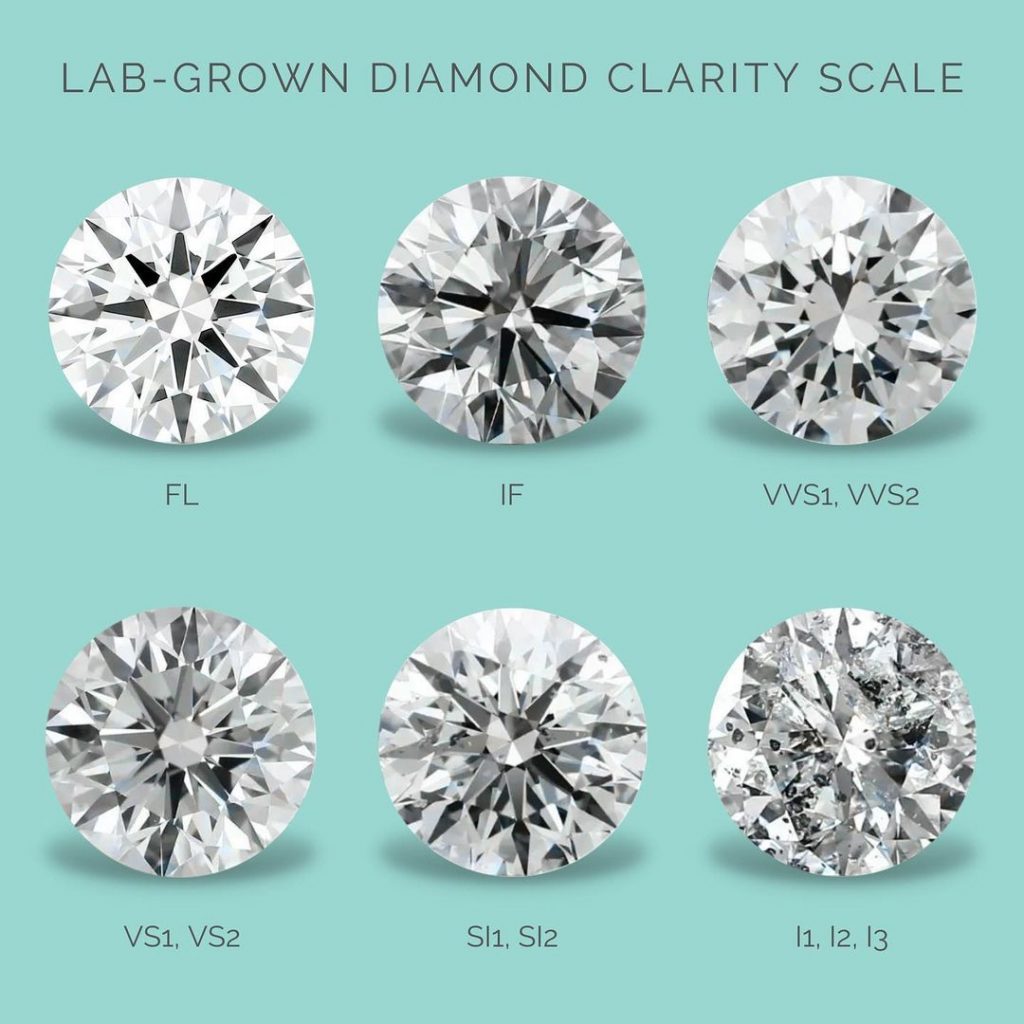
4. Carat Weight:
Definition: Represents the weight of the diamond. For example – 1 carat is equivalent to 0.2 grams.
In Lab-Grown Diamonds: Lab-grown diamonds are available in various carat weights, providing consumers with flexibility in choosing the size that fits their preferences and budget. Moreover, they can be a more cost-effective option for achieving larger carat weights compared to natural diamonds.
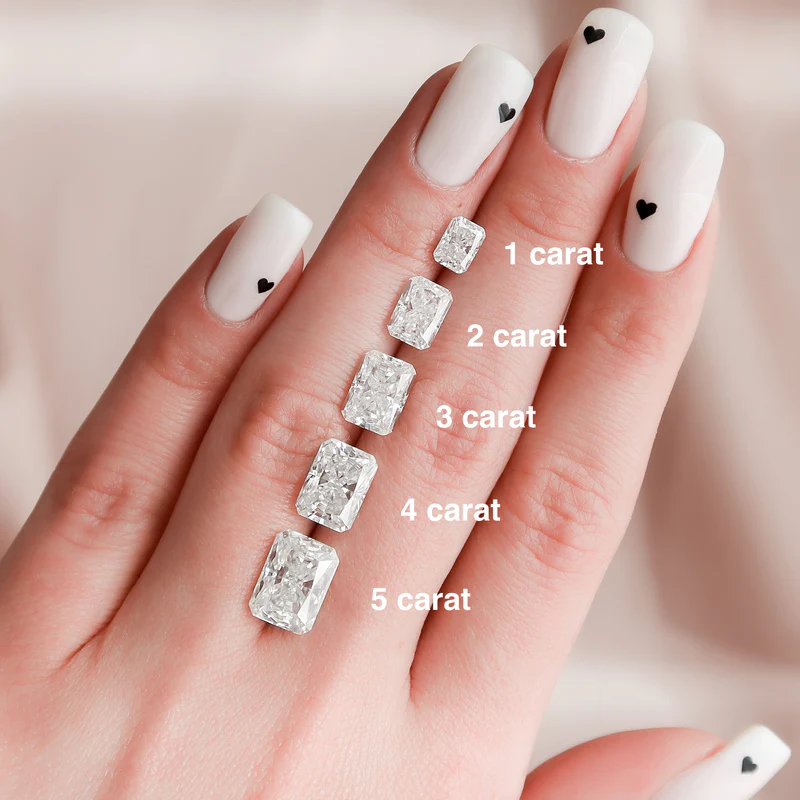
And, remember 5 things before buying a wedding ring!
How Much Do Lab-Grown Diamonds REALLY Cost Based On The Variants & Bling Quotient?
1 Carat Diamond
A natural diamond of 1 carat can cost you between ₹3,00,000 to ₹9,00,000; depending on the clarity and brand. However, on the contrary, the estimated price of a 1 carat lab-grown diamond ring could cost somewhere between ₹45,000 to ₹1,00,000.
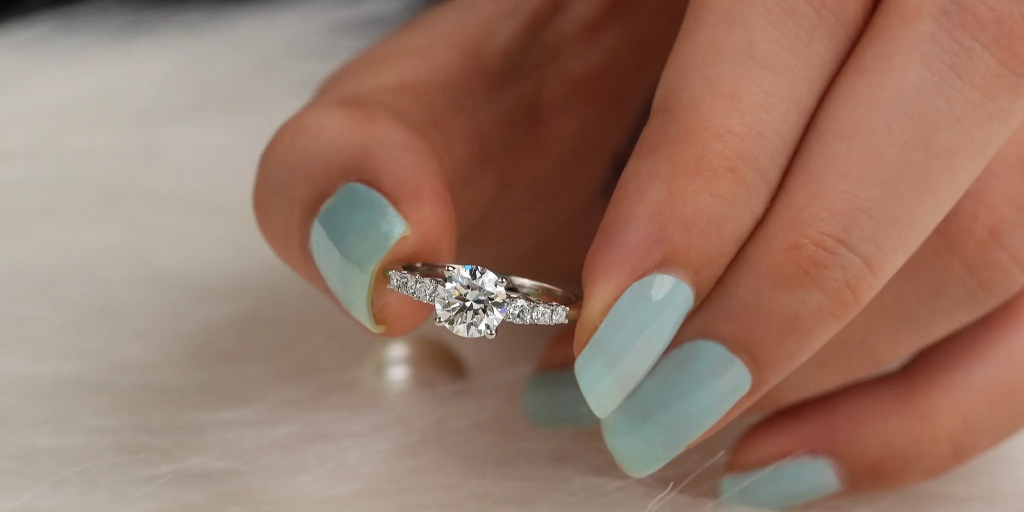
2 Carat Diamond
A natural 2 carat diamond can go beyond a smashing price tag of approximately ₹5,50,000 while its counterpart – a 2 carat artificial diamond can cost around ₹2,00,000.
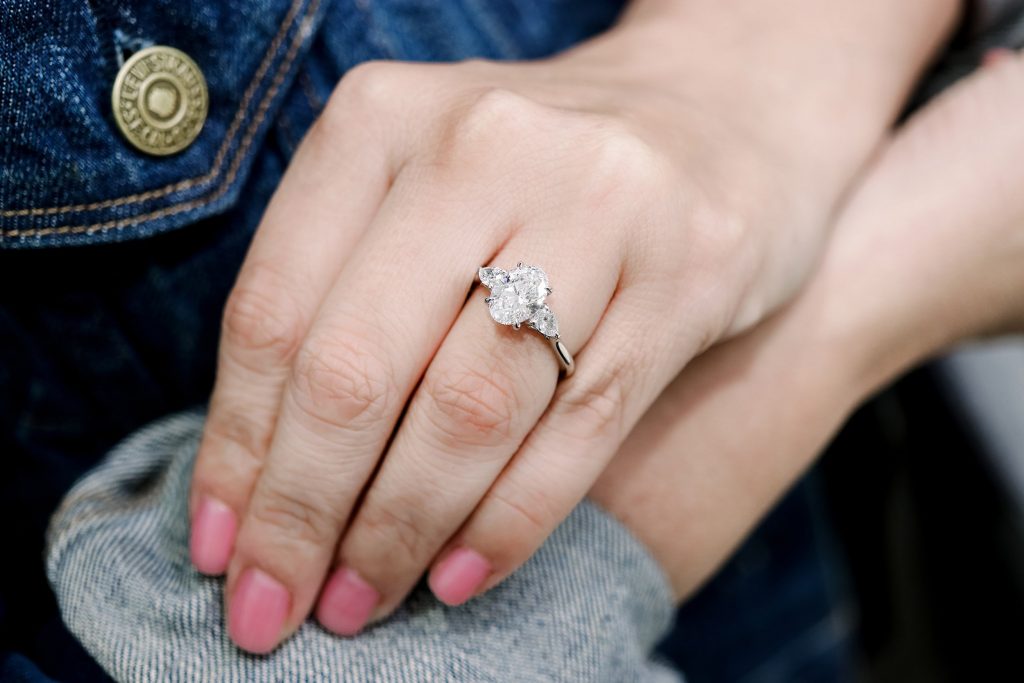
3 Carat Diamond
An all-natural diamond sits at a whopping price of somewhere beyond ₹8,00,000 while a synthetic or lab-grown diamond can cost you between ₹3,00,000 to ₹4,00,000.

Also, Book Proposal Planners To Make Your ‘Marry Me’ Moment Memorable!
Also, don’t miss out on these ShaadiWish-approved best wedding vendors for your D-day.




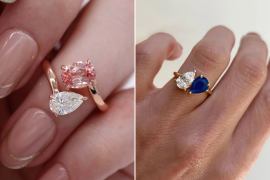








Comments are closed.